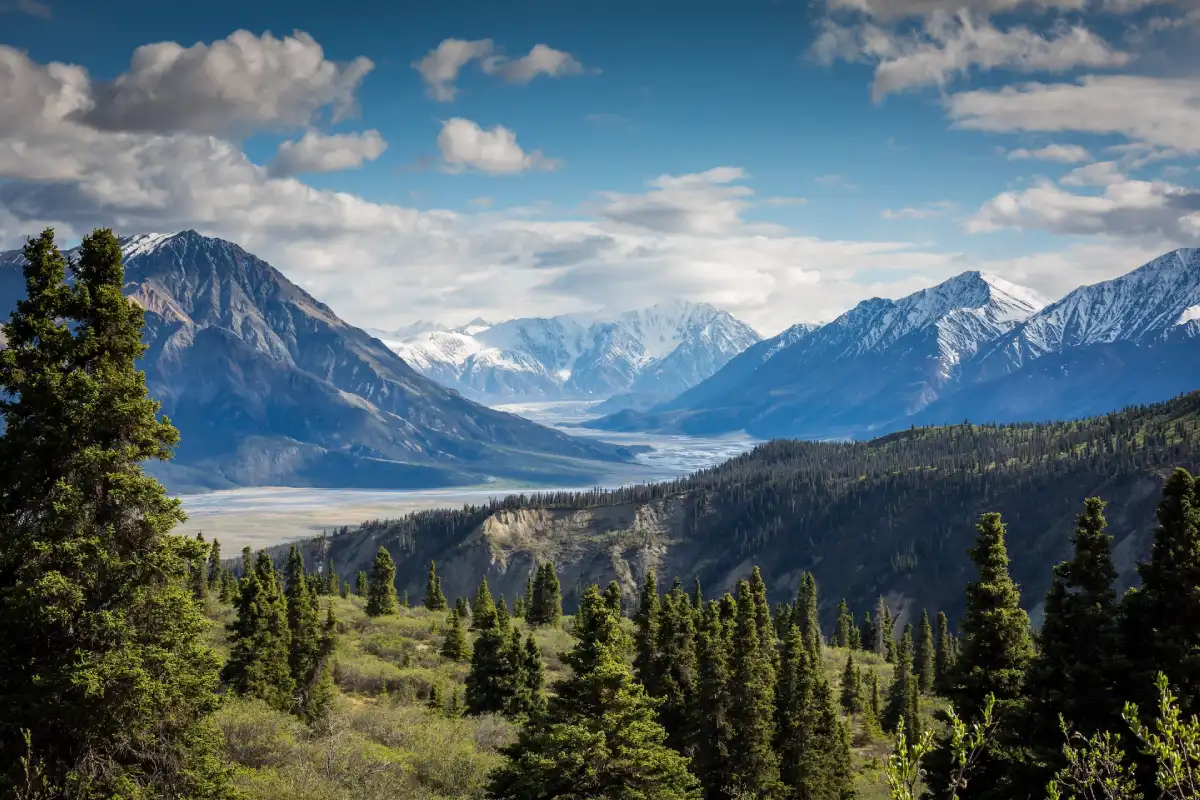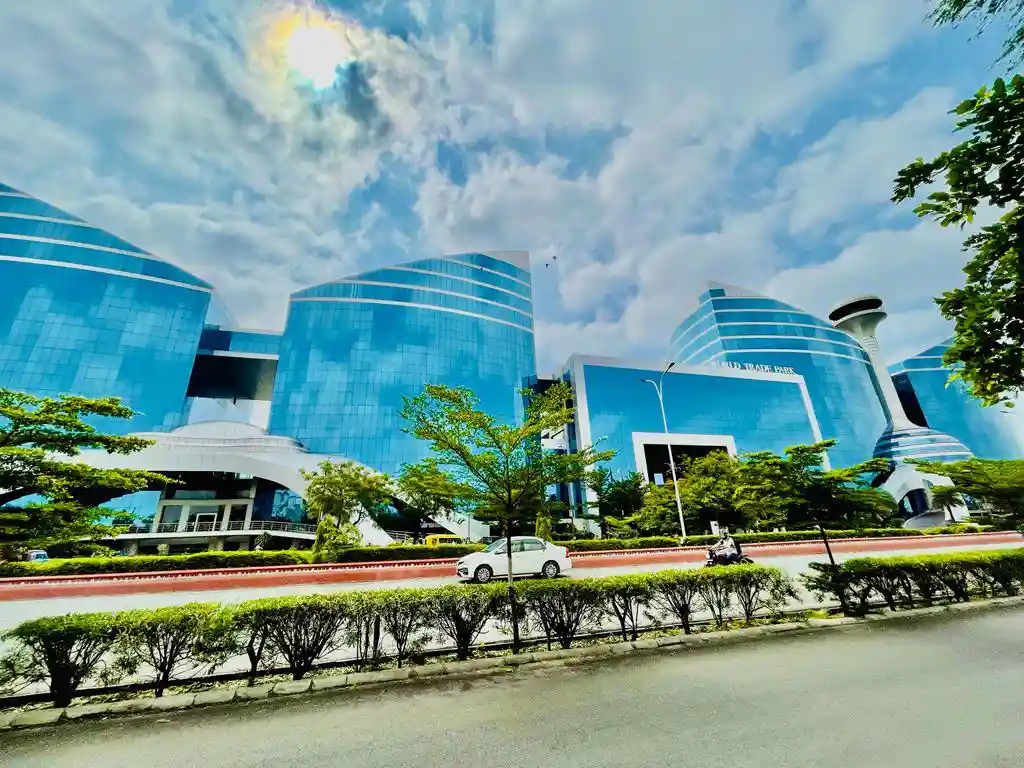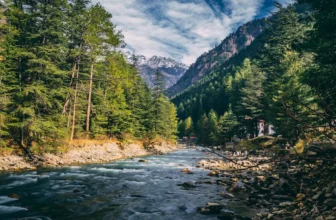
As the monsoon season approaches, the picturesque mountains of India come alive with lush greenery and cascading waterfalls.
However, driving in the monsoon on mountainous terrain requires extra caution and preparation. This article will explore the key considerations for safe driving in the monsoon on India’s mountain roads.
Additionally, we will highlight the crucial role of car headlights in enhancing visibility during challenging weather conditions. So, buckle up and let’s delve into the world of monsoon driving safety!
Introduction
Driving in the monsoon on mountainous terrain in India presents unique challenges. The combination of rain, fog, slippery roads, and reduced visibility demands extra attention and precautionary measures.
By understanding these challenges and adopting specific safety measures, you can ensure a safe and enjoyable journey during the monsoon season.
Understanding the Challenges of Monsoon Driving in Mountainous Terrain
Driving in the monsoon on mountainous roads brings about several challenges. The heavy rainfall leads to wet and slippery road surfaces, reducing tire grip and making it more difficult to maintain vehicle control.
Foggy conditions further decrease visibility, making anticipating oncoming traffic or obstacles challenging. The rugged and winding mountain roads amplify these challenges, requiring drivers to be even more cautious and alert.
Preparing Your Vehicle for Monsoon Driving
Before embarking on a journey during the monsoon season, it is essential to prepare your vehicle adequately. Regular maintenance and checks are crucial to ensure optimal performance and safety. Pay attention to the following aspects:
Tires: Ensure that your tires have sufficient tread depth and are properly inflated. Good traction is vital for navigating wet and slippery roads.
Brakes: Check your brake pads and discs for wear and make sure they are in good condition. Efficient brakes are essential for reliable stopping power on wet roads.
Windshield Wipers: Inspect your windshield wipers and replace them if they are worn or leave streaks. Clear visibility is crucial during heavy rainfall.
Electrical Systems: Verify that all lights, including headlights, taillights, and turn signals, are functioning correctly. Adequate lighting is vital for your safety and visibility.
The Role of Car Headlights in Monsoon Driving
Among all the lights on your vehicle, headlights play a crucial role in monsoon driving. They not only ensure your own visibility but also allow other drivers to see you clearly.
During heavy rain and fog, car headlights become indispensable in illuminating the road ahead and making your vehicle more visible to others.
Properly functioning headlights can significantly improve your safety during monsoon drives. They help you identify obstacles, pedestrians, and other vehicles, reducing the risk of accidents.
Additionally, they enable you to communicate your presence effectively to other drivers, especially in low-visibility conditions.
Types of Car Headlights Suitable for Monsoon Conditions
When it comes to car head light suitable for monsoon driving, different types offer varying features and benefits. Here are three common types:
Halogen Headlights: Halogen headlights are the most widely used and provide a good balance of affordability and performance. They offer decent brightness and are relatively easy to replace.
LED Headlights: LED headlights are known for their energy efficiency, longevity, and enhanced brightness. They produce a focused and crisp light beam, which can significantly improve visibility in challenging weather conditions.
HID/Xenon Headlights: High-Intensity Discharge (HID) or Xenon headlights produce a bright and intense light output. They offer better visibility and a longer lifespan compared to halogen headlights.
Consider your budget, vehicle compatibility, and personal preferences when choosing the most suitable headlights for your monsoon driving needs.
Tips for Using Car Headlights Effectively in Monsoon Conditions
To maximize the effectiveness of your car headlights during the monsoon, consider the following tips:
Adjust Headlight Aim: Ensure that your headlights are properly aimed and aligned. Misaligned headlights can blind oncoming drivers or fail to provide sufficient illumination of the road ahead. Refer to your vehicle’s manual or seek professional assistance to adjust the aim correctly.
Utilize Fog Lights: If your vehicle is equipped with fog lights, use them judiciously in foggy conditions. Fog lights emit a wide and low beam pattern that cuts through fog, providing better visibility.
Avoid High Beams in Fog: While high beams are useful for long-range illumination, avoid using them in foggy conditions. High beams can reflect off the water droplets in the air, creating a blinding glare and reducing visibility further.
Keep Headlights Clean: Regularly clean your headlights to remove dirt, grime, and foggy residue. A clean lens ensures maximum light output and helps maintain optimal visibility.
Additional Safety Measures for Monsoon Driving in Mountainous Terrain
In addition to proper utilization of car headlights, consider the following safety measures for monsoon driving in mountainous terrain:
Maintain a Safe Distance: Keep a safe distance from the vehicle ahead, allowing sufficient time to react and brake, especially on slippery roads. Maintain a greater distance during heavy rain or foggy conditions.
Adjust Speed: Reduce your speed and drive at a pace that is appropriate for the road and weather conditions. Slow down before turns, bends, or steep inclines to maintain control of the vehicle.
Be Cautious of Landslides: Be aware of the possibility of landslides in mountainous regions during the monsoon. Pay attention to any warning signs, follow official instructions, and avoid risky areas if alerted.
Watch for Waterlogged Areas: Heavy rain can cause waterlogging on roads, particularly in low-lying areas. Reduce speed and exercise caution when encountering waterlogged sections to prevent hydroplaning.
Defensive Driving Techniques for Monsoon in Mountainous Areas
Adopting defensive driving techniques is essential for safe monsoon driving on mountainous roads. Here are a few techniques to consider:
Stay Alert: Stay focused on the road ahead and be aware of your surroundings. Avoid distractions like mobile phones or loud music that may hinder your concentration.
Anticipate Hazards: Pay attention to potential hazards, such as sharp turns, steep descents, or loose gravel on mountainous roads. Anticipate such challenges and adjust your driving accordingly.
Plan for Increased Travel Time: Monsoon conditions may slow down traffic due to reduced visibility or road blockages. Plan your journey with extra time to reach your destination without rushing.
Emergency Preparedness and Safety Essentials
Lastly, it’s important to be prepared for emergencies while driving in the monsoon. Consider the following safety essentials:
First Aid Kit: Carry a well-stocked first aid kit to address any minor injuries that may occur during your journey.
Emergency Contact Numbers: Keep a list of emergency contact numbers readily accessible, including those of local authorities, roadside assistance, and your insurance provider.
Warning Triangles: Carry warning triangles in your vehicle to alert other drivers in case of a breakdown or emergency situation.
Weather Updates: Stay informed about weather conditions through reliable sources or weather apps to anticipate any adverse conditions along your route.
By being prepared and equipped with these essentials, you can handle emergency situations with greater confidence and ensure the safety of yourself and your passengers.
Conclusion
Driving in the monsoon on mountainous terrain in India requires careful consideration and adherence to safety measures. You can enhance your visibility and overall safety by understanding the challenges, preparing your vehicle, and using car headlights effectively.
Additionally, adopting defensive driving techniques, staying alert, and being prepared for emergencies are vital aspects of safe monsoon driving. Remember to prioritize safety, plan your journeys accordingly, and follow the guidelines outlined in this article.
With the right mindset and precautions, you can navigate the beautiful mountainous regions of India during the monsoon season with confidence and peace of mind.
Frequently asked questions (FAQs):
FAQ 1: Should I use my high beams while driving in heavy rain or foggy conditions?
While high beams provide better long-range illumination, they can reflect off water droplets in the air, creating a blinding glare. It is best to avoid using high beams in heavy rain or fog and rely on your low beams and fog lights instead.
FAQ 2: What should I do if my car starts hydroplaning on wet mountain roads?
If your car starts hydroplaning (losing traction due to water on the road), avoid sudden movements or braking. Instead, gently ease off the accelerator, maintain a steady grip on the steering wheel, and let the car slow down gradually until the tires regain traction.
FAQ 3: Are all-weather tires or specialized rain tires recommended for driving in the monsoon on mountainous terrain?
While specialized rain tires can offer better grip and traction in wet conditions, good quality all-weather tires can also provide sufficient performance for monsoon driving.
It’s important to ensure that your tires have adequate tread depth and are in good condition for optimal performance.
FAQ 4: Is it advisable to drive in the mountains during heavy rain or storms?
Driving in the mountains during heavy rain or storms can be risky due to potential landslides, reduced visibility, and slippery roads.
It is recommended to avoid driving in such conditions, if possible, and wait until the weather improves and the road conditions are safer.
FAQ 5: Should I use hazard lights while driving in heavy rain or fog?
Hazard lights should only be used when your vehicle is stationary and posing a potential hazard to other drivers.
While driving in heavy rain or fog, it’s best to rely on your headlights and taillights for visibility, as hazard lights can be confusing to other drivers and may hinder their ability to determine your intended actions.






